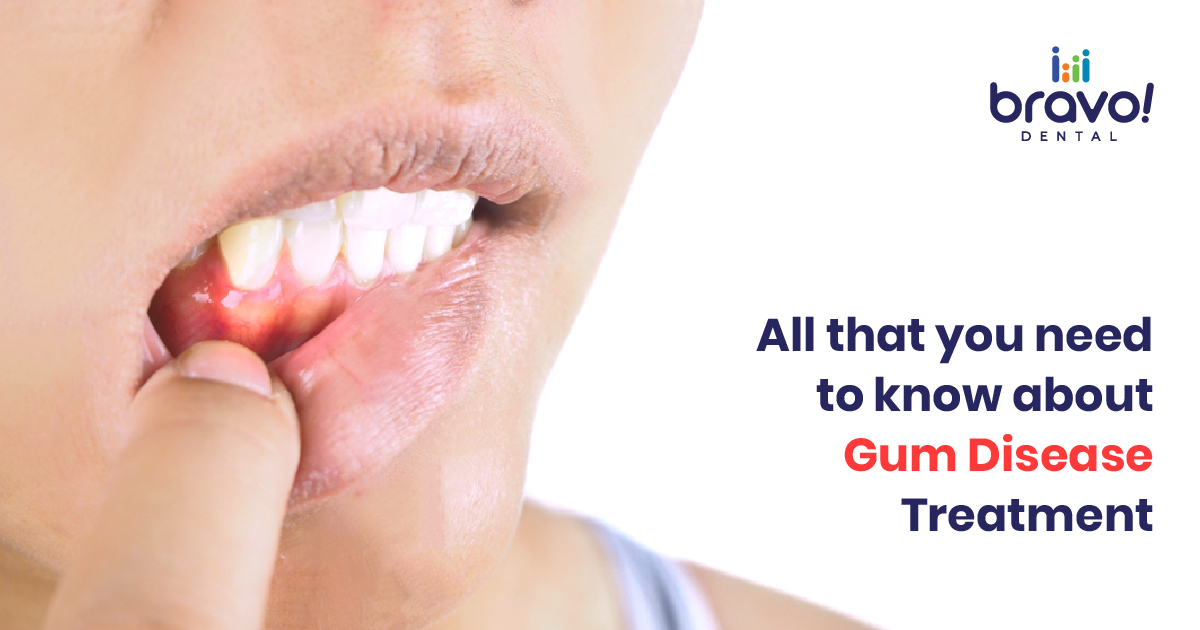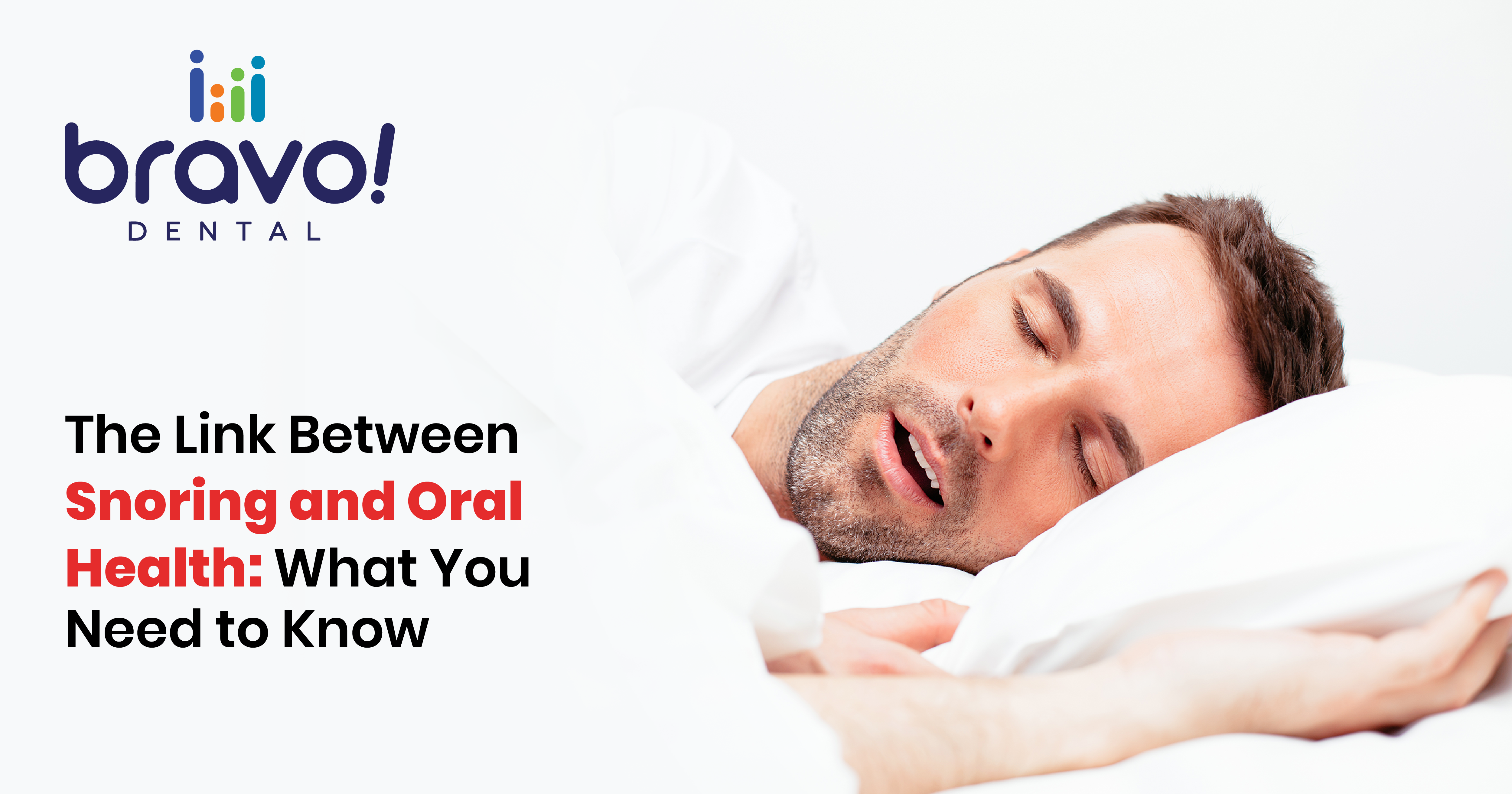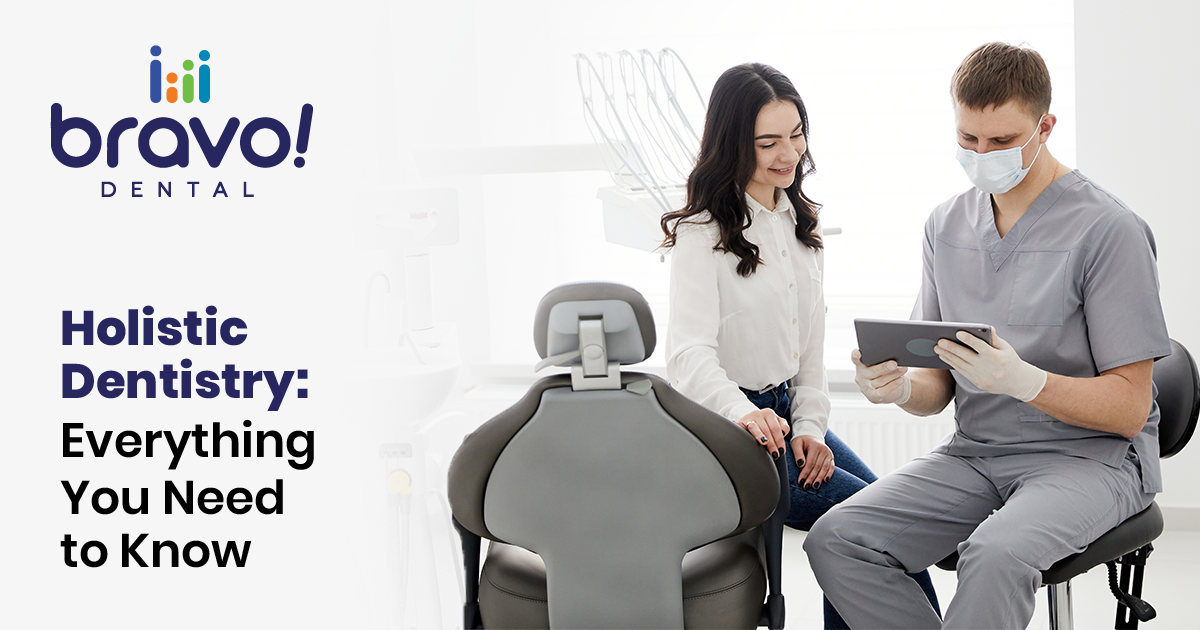
What is Gum Disease?
Gingivitis, also known as Gum disease, is one of the most significant dental problems, affecting almost half the world’s population. If left untreated, minor pain and bleeding can progress to major dental troubles, including tooth loss and widespread health problems, such as an increased risk of heart disease.
Just as it is necessary to keep those pearly whites dazzling white, you need to protect the housing that holds them all together – your gums. Gum disease can cause more than just aching, swelling, and bleeding gums, and it might be prudent to know the full details of Gum disease.
Gum disease can be classified into two stages: The earlier stage is gingivitis, a milder and curable condition that affects the gums. But gingivitis usually leads to periodontitis, a more severe form of gum disease if unattended.
Gum disease and periodontal disease are treated by removing the germs that cause plaque and tartar. Root cleaning, scaling, and dental cleansers are used to accomplish this. The patient is given antimicrobial treatment once the plaque and tartar have been removed.
What does Gum Disease cause?
Plaque builds up and thickens into tartar if not cleaned every day through brushing and flossing. The bacteria may subsequently infect the gums and the gum tissue and bone that supports the teeth. The teeth become loose as this process continues. In addition, pockets form between the teeth and gums, allowing more bacteria to gather and produce bad breath.
Bad breath, often known as halitosis, is one of the first signs of periodontitis and one of the significant symptoms of gum disease. This is because pockets grow between the teeth and gums due to gum disease, providing an ideal breeding ground for germs. These microorganisms under the gums produce foul-smelling sulfur compounds, and because they’re nearly impossible to clean, they’ll almost certainly induce halitosis.
Gum and Periodontal Disease – Basic Prevention
Brushing Technique: Soft nylon bristles are preferable to medium or firm bristles; stiffer bristles can damage tooth enamel and create red and inflamed gums. Brushing teeth softly in an up and down, circular motion rather than back and forth is recommended.
Flossing Technique: Flossing once a day helps remove plaque from hard-to-reach areas where your toothbrush can’t. This flossing bait should be soft enough to avoid stinging or bleeding gums. Flossing carefully by sliding up and down along the tooth curve is preferable to forcing floss between your teeth.
Periodontal Care: Periodontal care refers to the continuing treatment of your oral health to avoid gum disease. It entails a thorough cleaning by a dentist or hygienist, which involves cleaning between teeth and down to the root. Periodontal maintenance can help you fight gum disease and keep it from spreading by reducing plaque and bacteria build-up.
Periodontics is a wise investment in your personality, oral health, and overall well-being. After all, the health of your mouth has a significant impact on your overall wellness.
Consult Bravo Dental to treat your gums and stay healthy with a broad and confident smile.
happy to hear from you, contact us
Fill out the contact form below and Feel free to send any question or query.




